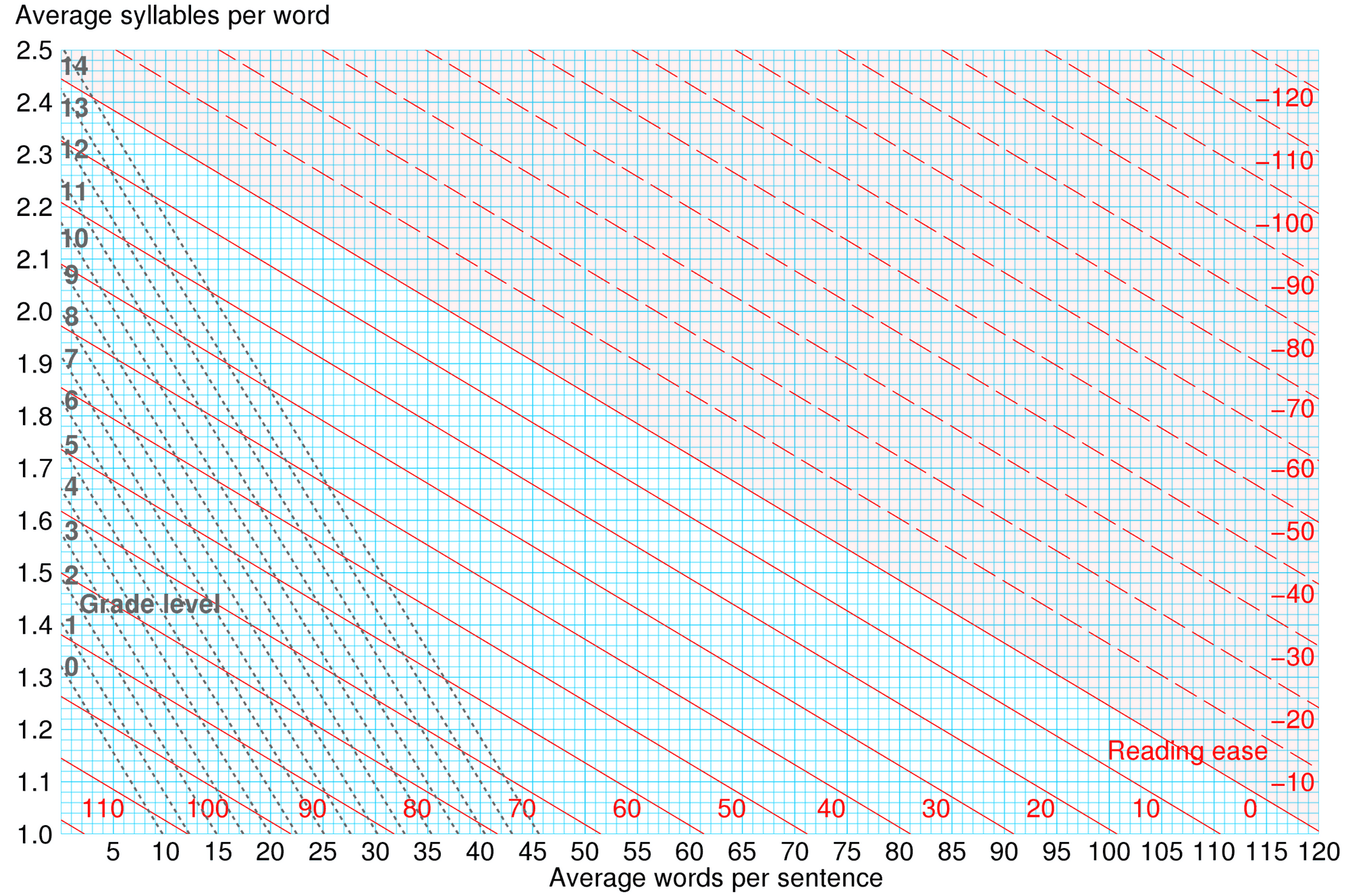
How to improve your blog’s readability using Flesch-Kincaid tests

Different people read at different levels, and if you want to make your blog as engaging and as readable as possible, you need to cater to that. Generally, it's best to keep things as simple as possible because while more advanced readers can read basic text, the opposite doesn't hold true.
Creating readable content is a solid idea because even when you’re optimizing for SEO, you still need to bear in mind that the goal is to bring in human readers. Search engines also look at engagement metrics such as how long people spend on your website before they navigate away.
As you can imagine, if you don’t use shorter sentences and your blog posts are difficult to read, people are going to navigate away and look elsewhere. And so, with all of that in mind, let’s take a closer look at why readability is important and how Flesch-Kincaid tests can help you.
Why readability is important
Readability is important because everyone is at a different reading level. If you want to produce blog posts that everyone can enjoy, you need to cater to the lowest common denominator.
It’s also important because not everyone who consumes English language content speaks English as their first language, which means that getting a decent readability score can also help you cater to international visitors.
Your goal should be to make sure that your website can cater to as many different types of visitors as possible, so checking your Flesch reading ease score makes sense.
It's worth mentioning here that your best bet is to carry out a Flesch reading ease test from the beginning. If you're about to start blogging, it might be best to make it a standard part of your approach to content creation. It's easier to do it from the start than having to go back and change it all at a later date.
The good news is that there are many free readability tools that can help you get an idea of how easy your content is to consume. These will normally give you some tips that you can follow to make your writing more readable, and a good way to make your writing easy to understand is to avoid using long sentences or words with a lot of syllables.

How to use the Flesch-Kincaid tests
The Flesch Kincaid tests help you understand how difficult a piece of text is for people to read. There are two different types of tests, one that looks specifically at how easy something is to read and one that looks at the level of education required to understand it.
The test arrives at its conclusion by looking at two key factors: the number of words per sentence and the length of the words within those sentences. The tests were originally created by Rudolf Flesch, and he later refined them with the help of J. Peter Kincaid.
These days, the test is often used to ensure that important documents like technical manuals, official forms, and insurance policies are easy for people to read and understand. In fact, it’s so widely used that it’s bundled in with a bunch of the world’s most well-known and widely-used word processing software, including Microsoft Word.
The concept is simple to understand, and the good news is that it’s so simple that an algorithm can do the job just as well as – if not better than – a human. There are plenty of online tools out there that can help you out, such as this one which will allow you to copy and paste your content and check its readability.